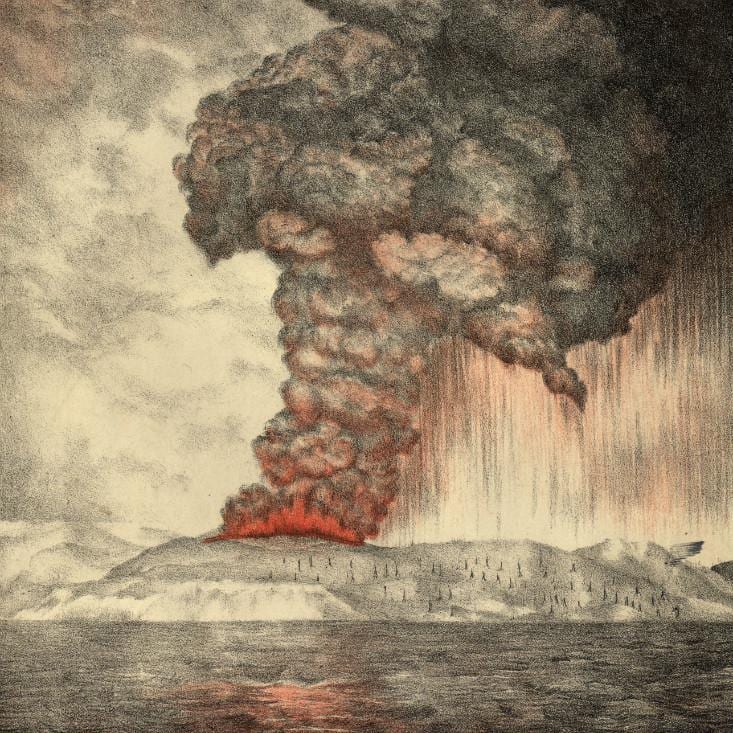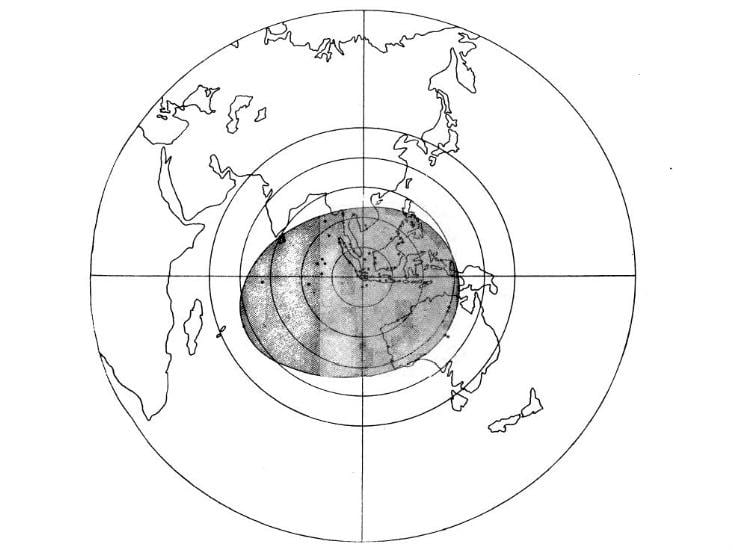We have issues currently but let’s be honest, we have it pretty good as humans in 2019. If this is not the actual best time to be alive, the 2010s make a good argument for being in contention.
When, do you suppose, was life quite the opposite?
The question seems to have been answered on accident by researchers attempting to figure out how the European monetary system changed after the fall of the Western Roman Empire.
An article published in Antiquity states that while looking for evidence of pollution from silver processing in ice cores, they found all kind of insights into natural disasters and climate change going back centuries.
And it turns out the 100 years following the year 536 C.E. were literally as bad as it gets, says study author Michael McCormick.
“It was the beginning of one of the worst periods to be alive, if not the worst year.”
A number of extreme weather events that year led to widespread and sustained famine, probably due to a volcanic eruption large enough to obscure the sun.
The effects of the unknown eruption proliferated all across the continent, into China, and as far away as Peru. It was basically a small Ice Age, causing crop failure and famine across the globe.
Social problems followed, bringing down empires (the collapse of the Sasanian Empire, the decline of the Eastern Roman Empire), inciting political upheaval, and dragging bloody turmoil all across the map.
Bottom line? People were starving, they were dying, they were killing each other and probably migrating in the hopes that they would find somewhere less crappy to live. Times were uncertain, bloody, cold, and bare…none of which makes much of a recipe for happiness.
Looking at things through that lens kind of makes you appreciate our issues right now, doesn’t it?
At least for now.
The post Researchers Discovered the Worst Time to Be Alive in All of Human History appeared first on UberFacts.

 Wanderlust
Wanderlust 

 Sarianto Sembiring, EPA-EFE⠀ #volcano #indonesia #volcanicash #nature #photooftheday
Sarianto Sembiring, EPA-EFE⠀ #volcano #indonesia #volcanicash #nature #photooftheday


 . Еще одно фото замка Буршайд в Люксембурге – на этот раз замок окутан утренним туманом. Об истории этой средневековой крепости читайте в одном из предыдущих постов в ленте
. Еще одно фото замка Буршайд в Люксембурге – на этот раз замок окутан утренним туманом. Об истории этой средневековой крепости читайте в одном из предыдущих постов в ленте  #luxemburgo #instacastles #instacastle #люксембург #medievaltimes #medievalcastle #medievaleurope #medievalarchitecture #middleages #замкимира #замкиевропы #europeancastles #castlesofeurope #средниевека #средневековье #средневековыйзамок #castlesofinstagram #castlearchitecture #luxembourgcastle #castlesofluxembourg #luxembourgcastles #gothiccastle #dronepicture #renaissancecastle
#luxemburgo #instacastles #instacastle #люксембург #medievaltimes #medievalcastle #medievaleurope #medievalarchitecture #middleages #замкимира #замкиевропы #europeancastles #castlesofeurope #средниевека #средневековье #средневековыйзамок #castlesofinstagram #castlearchitecture #luxembourgcastle #castlesofluxembourg #luxembourgcastles #gothiccastle #dronepicture #renaissancecastle



